Zheng Guo
Retrieval Augmented Generation-Enhanced Distributed LLM Agents for Generalizable Traffic Signal Control with Emergency Vehicles
Oct 30, 2025Abstract:With increasing urban traffic complexity, Traffic Signal Control (TSC) is essential for optimizing traffic flow and improving road safety. Large Language Models (LLMs) emerge as promising approaches for TSC. However, they are prone to hallucinations in emergencies, leading to unreliable decisions that may cause substantial delays for emergency vehicles. Moreover, diverse intersection types present substantial challenges for traffic state encoding and cross-intersection training, limiting generalization across heterogeneous intersections. Therefore, this paper proposes Retrieval Augmented Generation (RAG)-enhanced distributed LLM agents with Emergency response for Generalizable TSC (REG-TSC). Firstly, this paper presents an emergency-aware reasoning framework, which dynamically adjusts reasoning depth based on the emergency scenario and is equipped with a novel Reviewer-based Emergency RAG (RERAG) to distill specific knowledge and guidance from historical cases, enhancing the reliability and rationality of agents' emergency decisions. Secondly, this paper designs a type-agnostic traffic representation and proposes a Reward-guided Reinforced Refinement (R3) for heterogeneous intersections. R3 adaptively samples training experience from diverse intersections with environment feedback-based priority and fine-tunes LLM agents with a designed reward-weighted likelihood loss, guiding REG-TSC toward high-reward policies across heterogeneous intersections. On three real-world road networks with 17 to 177 heterogeneous intersections, extensive experiments show that REG-TSC reduces travel time by 42.00%, queue length by 62.31%, and emergency vehicle waiting time by 83.16%, outperforming other state-of-the-art methods.
ODMTCNet: An Interpretable Multi-view Deep Neural Network Architecture for Image Feature Representation
Oct 28, 2021



Abstract:This work proposes an interpretable multi-view deep neural network architecture, namely optimal discriminant multi-view tensor convolutional network (ODMTCNet), by integrating statistical machine learning (SML) principles with the deep neural network (DNN) architecture.
Multi-Layered Recursive Least Squares for Time-Varying System Identification
Oct 22, 2021
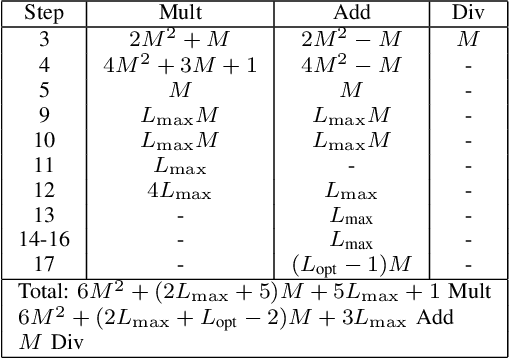
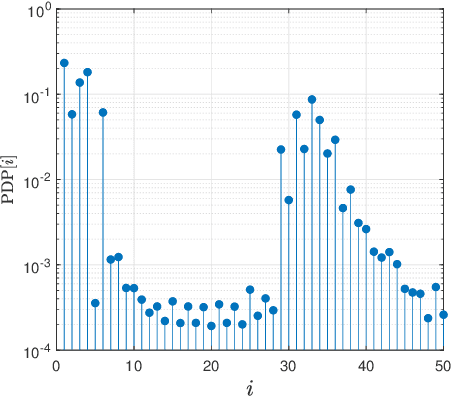
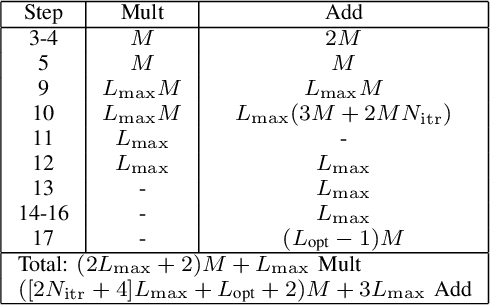
Abstract:Traditional recursive least square (RLS) adaptive filtering is widely used to estimate the impulse responses (IR) of an unknown system. Nevertheless, the RLS estimator shows poor performance when tracking rapidly time-varying systems. In this paper, we propose a multi-layered RLS (m-RLS) estimator to address this concern. The m-RLS estimator is composed of multiple RLS estimators, each of which is employed to estimate and eliminate the misadjustment of the previous layer. It is shown that the mean square error (MSE) of the m-RLS estimate can be minimized by selecting the optimum number of layers. We provide a method to determine the optimum number of layers. A low-complexity implementation of m-RLS is discussed and it is indicated that the complexity order of the proposed estimator can be reduced to O(M), where M is the IR length. In addition, by performing simulations, we show that m-RLS outperforms the classic RLS and the RLS methods with a variable forgetting factor.
An Adaptive Receiver for Underwater Acoustic Full-Duplex Communication with Joint Tracking of the Remote and Self-Interference Channels
Mar 11, 2021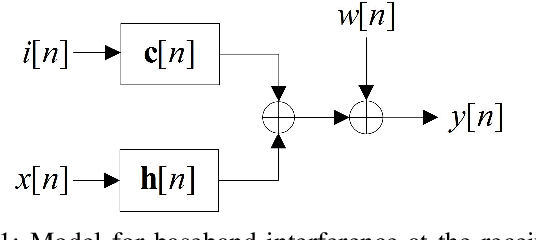
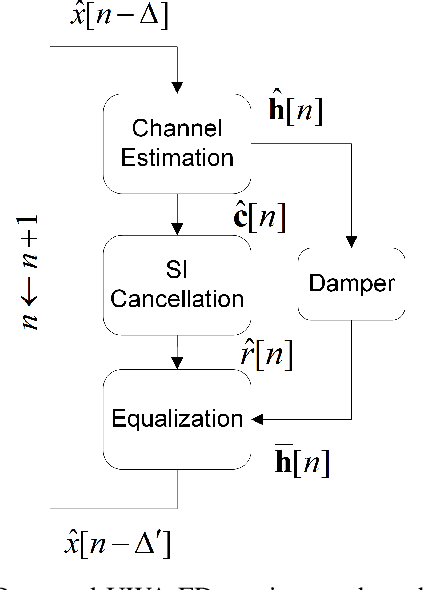
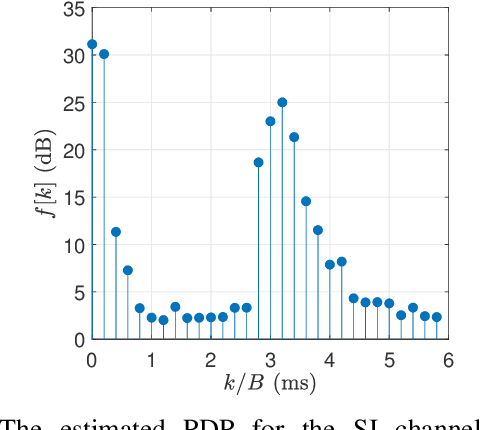
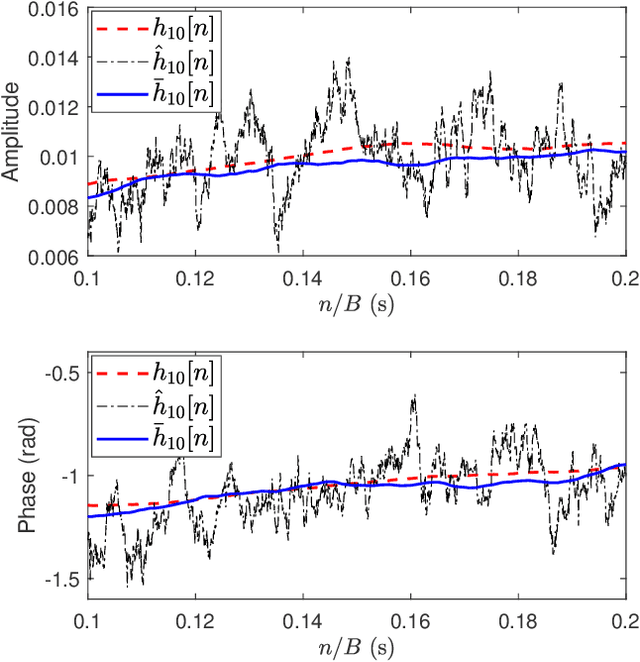
Abstract:Full-duplex (FD) communication is a promising candidate to address the data rate limitations in underwater acoustic (UWA) channels. Because of transmission at the same time and on the same frequency band, the signal from the local transmitter creates self-interference (SI) that contaminates the signal from the remote transmitter. At the local receiver, channel state information for both the SI and remote channels is required to remove the SI and equalize the SI-free signal, respectively. However, because of the rapid time-variations of the UWA environment, real-time tracking of the channels is necessary. In this paper, we propose a receiver for UWA-FD communication in which the variations of the SI and remote channels are jointly tracked by using a recursive least squares (RLS) algorithm fed by feedback from the previously detected data symbols. Because of the joint channel estimation, SI cancellation is more successful compared to UWA-FD receivers with separate channel estimators. In addition, due to providing a real-time channel tracking without the need for frequent training sequences, the bandwidth efficiency is preserved in the proposed receiver.
* 7 pages, 7 figures
 Add to Chrome
Add to Chrome Add to Firefox
Add to Firefox Add to Edge
Add to Edge